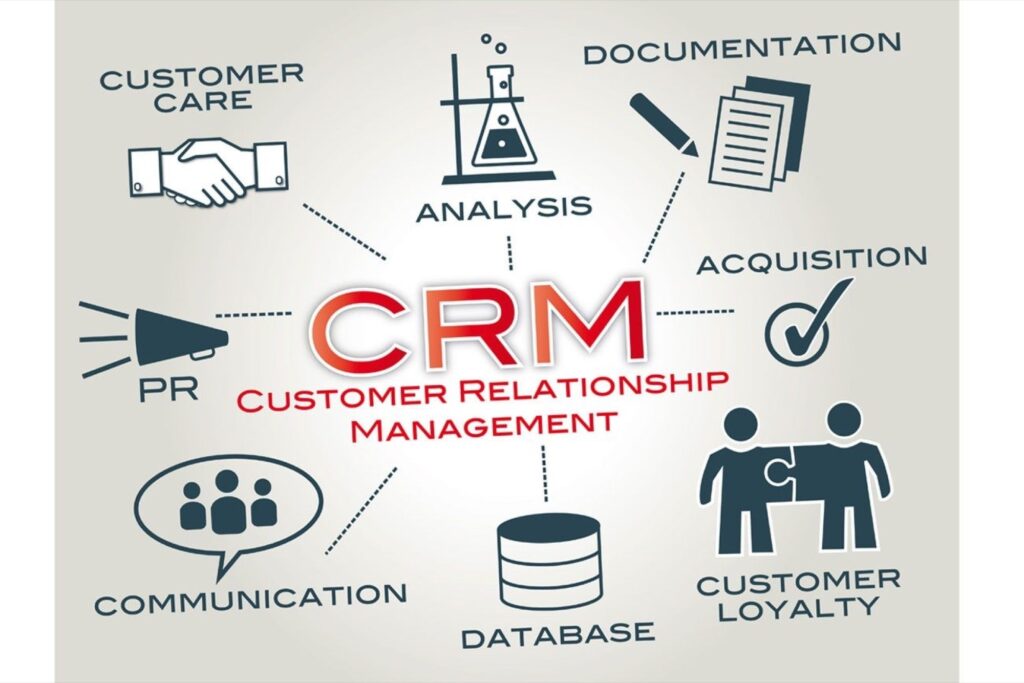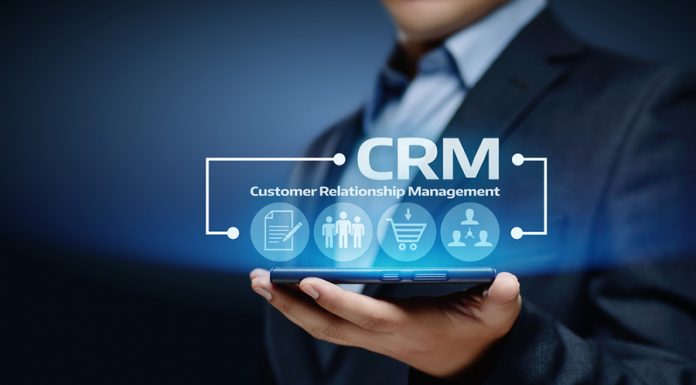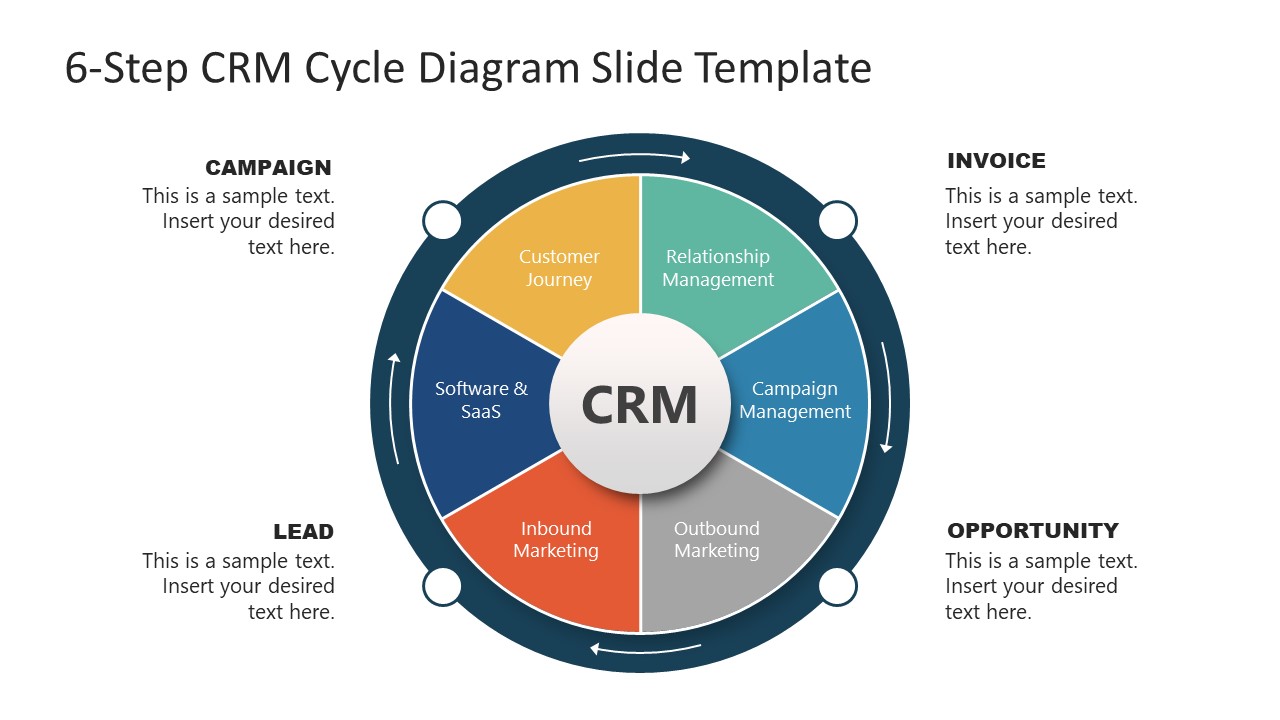
Introduction: The Power of CRM Marketing Workflows
In today’s fast-paced digital landscape, businesses are constantly seeking ways to streamline their operations, enhance customer engagement, and boost their bottom line. One of the most effective strategies for achieving these goals is the implementation of Customer Relationship Management (CRM) marketing workflows. These workflows are essentially automated sequences of actions triggered by specific events or customer behaviors, designed to nurture leads, convert prospects, and retain existing customers. This comprehensive guide delves into the intricacies of CRM marketing workflows, providing a detailed understanding of their benefits, implementation strategies, and best practices for optimization.
The power of CRM marketing workflows lies in their ability to automate repetitive tasks, personalize customer interactions, and provide valuable insights into customer behavior. By automating these processes, businesses can free up valuable time and resources, allowing their marketing teams to focus on more strategic initiatives. Furthermore, personalized workflows ensure that customers receive relevant and timely information, leading to increased engagement and satisfaction. Finally, the data generated by these workflows provides valuable insights into customer preferences and behaviors, enabling businesses to make data-driven decisions and optimize their marketing efforts.
Understanding the Fundamentals of CRM Marketing Workflows
Before diving into the specifics, it’s essential to understand the fundamental components of CRM marketing workflows. At their core, these workflows are built upon a series of triggers, actions, and conditions. Let’s break down each of these elements:
- Triggers: These are the events or conditions that initiate a workflow. Common triggers include:
- A new lead submits a form on your website.
- A customer makes a purchase.
- A customer abandons their shopping cart.
- A customer opens an email.
- A customer clicks a link in an email.
- A customer reaches a specific point in their customer journey.
- Actions: These are the tasks that are performed once a trigger is activated. Actions can include:
- Sending an email.
- Adding a tag to a contact.
- Updating a contact’s information.
- Assigning a task to a sales representative.
- Sending a text message.
- Updating a deal stage.
- Conditions: These are the rules that determine whether an action should be performed. Conditions can be based on:
- Customer demographics.
- Customer behavior.
- Purchase history.
- Lead score.
By combining these elements, you can create sophisticated workflows that automate complex marketing processes and personalize customer interactions. For instance, you might create a workflow that automatically sends a welcome email to new subscribers, adds them to a specific segment based on their interests, and then sends them a series of nurturing emails over the course of several weeks.
Benefits of Implementing CRM Marketing Workflows
The benefits of implementing CRM marketing workflows are numerous and far-reaching. Here are some of the key advantages:
- Increased Efficiency: Automating repetitive tasks frees up your marketing team to focus on more strategic initiatives, such as content creation, campaign planning, and data analysis. This leads to increased productivity and a more efficient use of resources.
- Improved Customer Engagement: Personalized workflows ensure that customers receive relevant and timely information, leading to increased engagement and satisfaction. This can result in higher open rates, click-through rates, and conversions.
- Enhanced Lead Nurturing: Workflows can be used to nurture leads through the sales funnel, providing them with valuable information and guiding them towards a purchase. This can significantly improve lead conversion rates.
- Better Customer Retention: Workflows can be used to identify and address customer churn, as well as to provide ongoing support and engagement. This can lead to increased customer loyalty and retention.
- Data-Driven Insights: The data generated by CRM marketing workflows provides valuable insights into customer behavior and preferences. This information can be used to optimize your marketing efforts and make data-driven decisions.
- Reduced Human Error: Automation minimizes the risk of human error, ensuring that tasks are performed consistently and accurately.
- Scalability: Workflows can be easily scaled to accommodate growing customer bases and evolving business needs.
Key Components of a Successful CRM Marketing Workflow
Building effective CRM marketing workflows requires careful planning and execution. Here are some key components to consider:
- Clearly Defined Goals: Before creating any workflow, define your goals. What do you want to achieve? Are you trying to increase lead generation, improve customer retention, or boost sales? Having clear goals will help you design workflows that are aligned with your business objectives.
- Target Audience Segmentation: Segment your audience based on demographics, behavior, and purchase history. This allows you to create personalized workflows that are tailored to the specific needs and interests of each segment.
- Compelling Content: Create engaging and relevant content that resonates with your target audience. This includes email copy, landing pages, and other marketing materials.
- Effective Triggers and Actions: Choose the right triggers and actions to initiate your workflows. Consider the customer journey and what actions will be most effective at each stage.
- Testing and Optimization: Regularly test and optimize your workflows to ensure they are performing effectively. This includes A/B testing different email subject lines, calls to action, and content variations.
- Integration with Other Systems: Integrate your CRM with other marketing tools, such as email marketing platforms, social media platforms, and analytics tools. This will allow you to track the performance of your workflows and gain a more holistic view of your marketing efforts.
- A/B Testing: Implement A/B testing to refine your workflows. Test different subject lines, content variations, calls to action, and timing to see what performs best.
Types of CRM Marketing Workflows
There are numerous types of CRM marketing workflows that can be used to automate various marketing processes. Here are some of the most common:
- Welcome Series: This workflow is triggered when a new subscriber joins your email list. It typically includes a welcome email, a thank-you message, and perhaps a series of emails introducing your brand and products.
- Lead Nurturing: This workflow is designed to nurture leads through the sales funnel. It typically includes a series of emails providing valuable information, answering frequently asked questions, and guiding leads towards a purchase.
- Abandoned Cart Recovery: This workflow is triggered when a customer abandons their shopping cart. It typically includes a reminder email, a follow-up email offering a discount, and a final email encouraging the customer to complete their purchase.
- Customer Onboarding: This workflow is designed to onboard new customers and ensure they have a positive experience with your product or service. It typically includes a series of emails providing helpful tips, tutorials, and support resources.
- Customer Segmentation and Re-engagement: This workflow is designed to segment customers based on their behavior and engagement levels. It can be used to re-engage inactive customers with personalized offers and content.
- Post-Purchase Follow-up: This workflow is triggered after a customer makes a purchase. It typically includes a thank-you email, a request for feedback, and a series of emails providing support and encouragement to use the product or service.
- Subscription Renewal: For businesses with subscription models, this workflow can automate the renewal process, sending reminders, and providing options for renewal.
- Event-Based Workflows: These workflows can be triggered by specific events, such as a customer attending a webinar, downloading a resource, or clicking a specific link.
Implementing CRM Marketing Workflows: A Step-by-Step Guide
Implementing CRM marketing workflows can seem daunting, but by following a step-by-step approach, you can ensure a smooth and successful implementation. Here’s a guide:
- Choose a CRM Platform: Select a CRM platform that meets your business needs and budget. Consider factors such as ease of use, features, integration capabilities, and scalability. Popular options include Salesforce, HubSpot, Zoho CRM, and Pipedrive.
- Define Your Goals: Clearly define your marketing goals and objectives. What do you want to achieve with your workflows?
- Identify Your Target Audience: Segment your audience based on demographics, behavior, and purchase history.
- Map Out Your Customer Journey: Understand the different stages of your customer journey and identify the touchpoints where you can implement workflows.
- Create Your Workflow Logic: Design the logic of your workflows, including triggers, actions, and conditions.
- Develop Your Content: Create compelling and relevant content for your workflows, including email copy, landing pages, and other marketing materials.
- Set Up Your Workflows: Configure your workflows in your CRM platform.
- Test Your Workflows: Test your workflows to ensure they are working correctly.
- Launch Your Workflows: Launch your workflows and monitor their performance.
- Analyze and Optimize: Regularly analyze the performance of your workflows and make adjustments as needed.
Best Practices for CRM Marketing Workflow Optimization
Optimizing your CRM marketing workflows is an ongoing process. Here are some best practices to follow:
- Keep it Simple: Start with simple workflows and gradually add complexity as needed. Avoid creating overly complex workflows that are difficult to manage.
- Personalize Your Content: Use personalization tokens to tailor your content to each customer.
- Use Segmentation: Segment your audience to send targeted messages to specific groups of customers.
- Focus on Value: Provide valuable content that benefits your customers.
- Track Your Results: Monitor the performance of your workflows using key metrics, such as open rates, click-through rates, conversion rates, and revenue generated.
- Analyze Your Data: Use your data to identify areas for improvement and optimize your workflows accordingly.
- Stay Up-to-Date: Keep abreast of the latest CRM marketing trends and best practices.
- Regularly Review and Refine: Periodically review and refine your workflows to ensure they remain effective and aligned with your business goals.
- A/B Test Everything: Continuously test different elements of your workflows, such as subject lines, calls to action, and content variations, to identify what resonates best with your audience.
- Ensure Mobile Optimization: Make sure your emails and landing pages are mobile-friendly, as a significant portion of your audience will likely be accessing them on their mobile devices.
Choosing the Right CRM for Your Workflow Needs
Selecting the right CRM is crucial for successful workflow implementation. Several factors should be considered:
- Scalability: Can the CRM handle your current and future growth?
- Integration Capabilities: Does it integrate with your other marketing tools?
- Ease of Use: How user-friendly is the platform for your team?
- Automation Features: Does it offer the workflow automation features you need?
- Reporting and Analytics: Does it provide the data and insights you require?
- Pricing: Does the pricing align with your budget?
- Customer Support: Is reliable customer support available?
Researching and comparing different CRM platforms is essential before making a decision. Consider conducting trials and demos to evaluate the platforms’ capabilities.
Troubleshooting Common CRM Workflow Issues
Even with careful planning, you may encounter issues with your CRM marketing workflows. Here are solutions to some common problems:
- Workflows Not Triggering: Double-check your triggers to ensure they are correctly configured. Verify the conditions that must be met for the trigger to activate.
- Emails Not Being Delivered: Review your email sending settings and ensure your email address is properly authenticated. Check your email deliverability metrics and adjust your sending practices if needed.
- Low Open Rates: Review your subject lines and consider A/B testing different variations. Ensure your content is relevant and engaging.
- Low Click-Through Rates: Review your calls to action and ensure they are clear and compelling. Ensure your content is aligned with the customer’s interests.
- Incorrect Data: Verify that your data is accurate and up-to-date. Review your data import processes to ensure data integrity.
- Complex Workflows: Simplify your workflows. Break down complex processes into smaller, more manageable steps.
The Future of CRM Marketing Workflows
The field of CRM marketing is constantly evolving. Here are some trends to watch:
- Artificial Intelligence (AI) and Machine Learning (ML): AI and ML are being used to automate more complex tasks, personalize customer interactions, and provide more accurate insights.
- Hyper-Personalization: Businesses are using data to deliver highly personalized experiences to customers.
- Omnichannel Marketing: Businesses are integrating their marketing efforts across multiple channels, such as email, social media, and SMS.
- Predictive Analytics: Businesses are using predictive analytics to anticipate customer behavior and make proactive marketing decisions.
- Increased Automation: Automation will continue to play a vital role in CRM marketing, with more tasks being automated to improve efficiency and customer experience.
By staying informed about these trends, you can ensure that your CRM marketing workflows remain effective and competitive.
Conclusion: Embracing the Power of Automation
CRM marketing workflows are a powerful tool for businesses looking to streamline their marketing efforts, enhance customer engagement, and drive revenue growth. By understanding the fundamentals, implementing best practices, and staying ahead of the latest trends, you can harness the full potential of CRM marketing workflows and achieve your business goals. Embrace the power of automation, personalize your customer interactions, and watch your business thrive.

